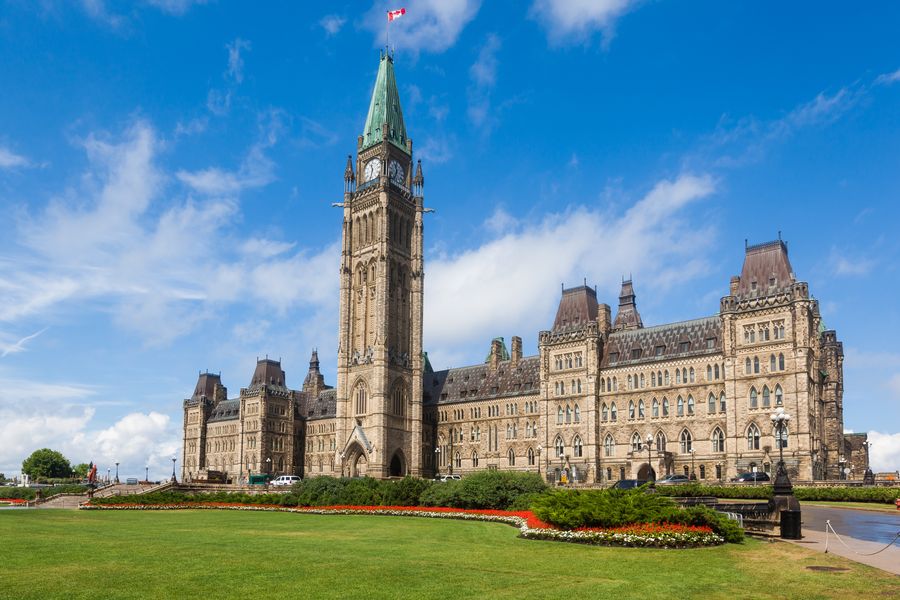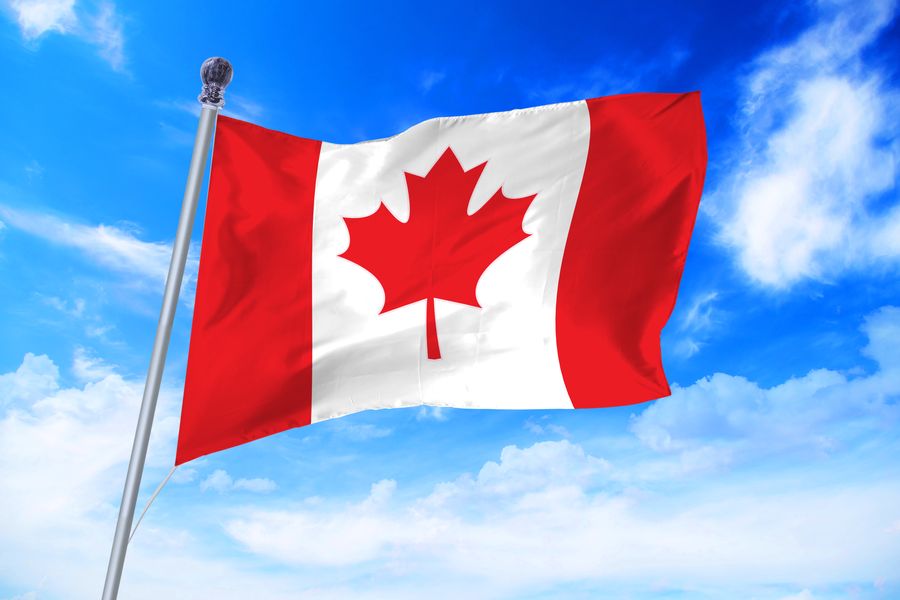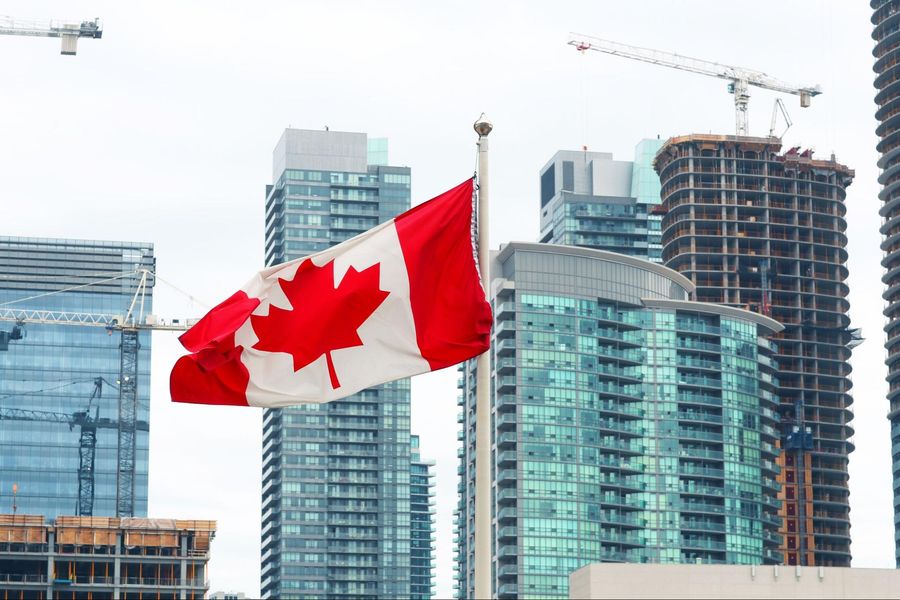Canada set an ambitious target late last year of welcoming between 2021 and 2023, however, according to an RBC Economics analysis, it’s off to a bad start.

Under Immigration, Refugees and Citizenship Canada’s (IRCC) initial plan, the country was slated to welcome 401,000 permanent residents this year—as well as 411,000 next year and 421,000 in 2023—but it’s only track to bring in 275,000 newcomers because the second wave of COVID-19 infections has put a spanner in the works. In 2020, Canada only welcomed 184,000 new permanent residents, slightly over 50% of its 341,000 target.
“With few exceptions, only those who are the immediate or extended family of Canadians or permanent residents may enter the country,” said the report from Andrew Agopsowicz, senior economist at RBC. “Coupled with significant quarantine requirements, travelling to Canada may not be feasible for many potential immigrants. Furthermore, many new permanent residents will continue to be those who are already in the country, and so we should also expect even smaller population growth than these levels would normally imply.”
Moreover, the IRCC is struggling with processing delays. Although skilled workers are receiving express entry—60% of the 1.2 million new the IRCC hopes to welcome through 2023 belong to the economic class—and despite some headway augmenting processing capacity, only so much can be done.
“For example, the Canadian Experience Class applicants still face a six-month lag time even before processing starts,” said the report. “Only those received before the week of August 12, 2020, are currently under review. For others, the government has indicated waits could be significantly longer.”
Permanent residency applications to Canada are down substantially, while family sponsorship is backlogged. The report notes that even if borders reopen in the near future, returning to pre-pandemic immigration levels could take time. The RBC report expects H1-2021 to mirror H2-2020, which should see the country welcome approximately 100,000-125,000 new permanent residents.
“This implies that to hit the 401,000 target, Canada would need to admit nearly 50,000 new permanent residents per month in the second half of the year, which is 14,000 more than the highest month in 2019. This seems unlikely. A more realistic estimate, if things return to normal with respect to COVID-19, would be 150,000-175,000 new permanent residents in the latter half, leaving Canada with about 275,000 new permanent residents by year’s end.”
Neil Sharma is the Editor-In-Chief of Canadian Real Estate Wealth and Real Estate Professional. As a journalist, he has covered Canada’s housing market for the Toronto Star, Toronto Sun, National Post, and other publications, specializing in everything from market trends to mortgage and investment advice. He can be reached at neil@crewmedia.ca.









